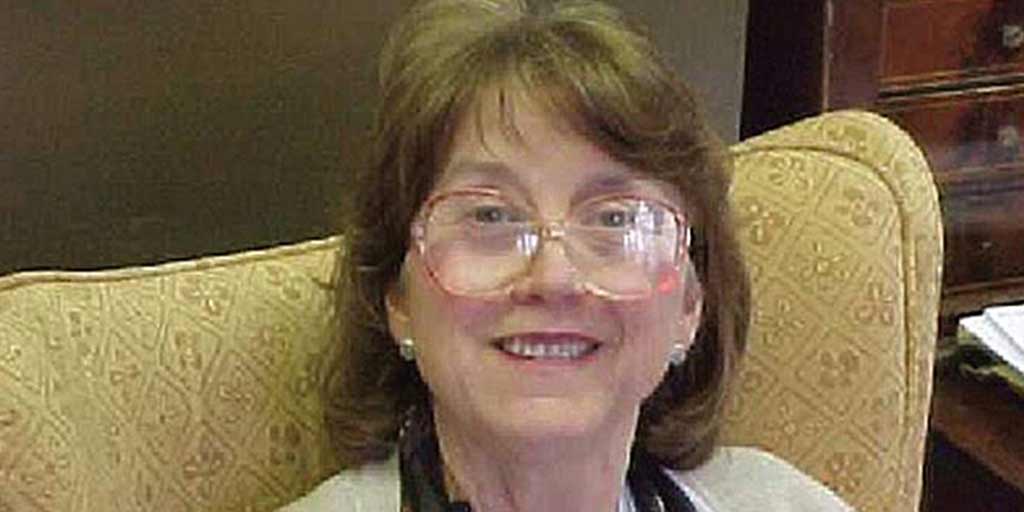Celebrating World Teachers Day
‘Teaching is far and away the most important of all professions. Teachers make more difference to more people’s lives, in a way that more people...

Login | Support | Contact us
Professor Robert Coe : Feb 16, 2017 12:06:00 PM
2 min read

At the end of January, the educational researcher who influenced me more than any other, my formative mentor, an inspirational leader, and the most innovative educational thinker I have known, died.
And yet the name Carol Fitz-Gibbon may be little known to a generation of educators who have emerged in the last decade through blogging and Twitter, or the Westminster policy bubble, to be the thought-leaders of today.
When I first met her in the early 1990s, Carol was energetic and forceful in a scatter-brained, whirlwind, big-personality kind of way. She described herself as ‘a grandmother from the north’, and seemed to take pleasure in the way ‘men in suits from Westminster’ would sometimes appraise her small stature, Lancastrian accent and friendly, unimposing manner, only to be blown away by the force of her intellect and passion when they, with almost inevitable predictability, said something uninformed or contrary to good evidence.
She was a witty and engaging speaker, a kind and considerate friend and collaborator, highly principled in everything she did or said, very much Old Labour rather than New. Stories of her going out of her way to support junior colleagues could fill a large book.
Carol invented the idea that came to be called ‘value-added’, though, as with Newton’s invention of the calculus, similar ideas emerged independently at about the same time in other parts of the world. Unlike in the other manifestations, however, in Carol’s vision, systems were not led by governments or districts as part of a top-down accountability process; instead, the demand for ‘value-added’ was school-led, fed by teachers’ desire to have trustworthy, confidential information about how well they were doing.
As this demand grew, so did CEM. Carol was its Director from 1989 to 2003, during which time CEM grew from an exploratory research project involving five schools in the North East of England to a multi-million pound, international operation, supporting thousands of schools with purpose-made assessments and ‘value-added’ analysis.
In 1996 I left teaching to study full-time for a PhD at Durham, with Carol as my supervisor. I’m sure all PhD students learn a lot from their supervisors, but I feel very privileged to have had the chance to learn so much from someone so wise.
I remember one occasion in particular, when I needed to analyse a dataset and had found the literature divided between two distinct ways of doing so. I was unable to decide which was better and sought her advice. Carol’s answer was simple, if initially unwelcome: you have to do both. If they give the same answer you will know the result transcends the methods; if they differ you will know something important that you would not have known had you done only one. My debt to her is so deep I cannot begin to itemise it.
As well as pioneering value-added, Carol was ahead of her time in promoting a number of other big ideas. Unfortunately, she was probably too far ahead of her time to be contemporarily recognised as more of a leader than a maverick. Although many of these ideas are mainstream today, at the time she was almost the only voice against a tide of opposition; but within a decade of her retirement that tide had turned.
She wrote about meta-analysis in the 1980s before anyone in the UK was doing it in education. She advocated randomised controlled trials as a basis for ‘evidence-based policy’ at a time when all expert and influential opinion in education thought they were evil and misguided. She promoted the Rasch model and modern measurement theory when the UK was lagging behind the US and Australia in these methods.
A leader she clearly was.
Carol’s values and ideas are at the heart of everything CEM does today; her memory and influence live on.

‘Teaching is far and away the most important of all professions. Teachers make more difference to more people’s lives, in a way that more people...

1 min read
At the end of December, Professor Peter Tymms retired from his role as a Director of CEM. In 1996, Peter and Professor Carol Taylor-Fitzgibbon...

By Mark S. Steed, Director, JESS, Dubai This week sees thousands of students receiving their GCSE results. Now is also the time when many anxious...